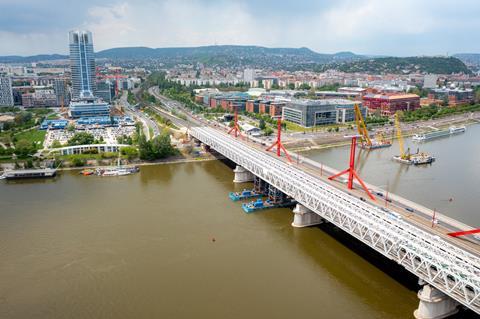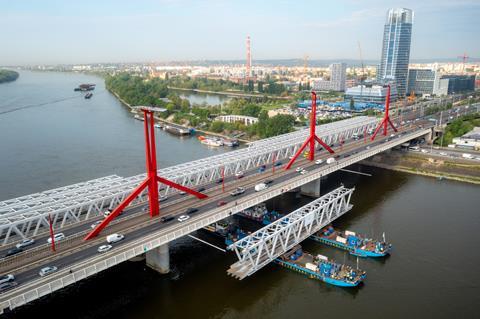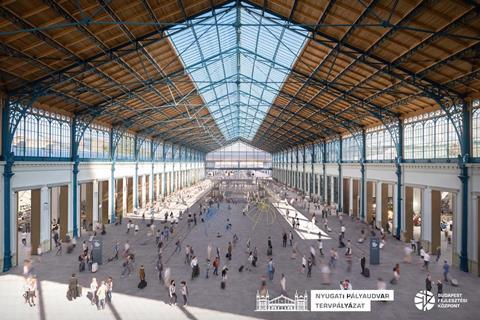
HUNGARY: The national government has issued a list of railway projects for which it intends to seek funding support from the EU’s Connecting Europe Facility 2.
CEF is one of few EU funding instruments to which the Hungarian administration led by Prime Minister Viktor Orbán currently has access due to political tensions between Brussels and Budapest. The European Commission has suspended other funding streams, meaning that for example Hungary can only access the Resilience & Recovery Fund and only 45% of Cohesion Fund sources if it agrees to implement a set of governance reforms.
Capital projects
The largest rail project by net cost in the CEF2 application is the HF364·3bn Budapest Southern Rail Link capacity enhancement programme. This covers reconstruction of the section of the city’s ring line between Kelenföld and Ferencváros. Of the total cost, HF205·6bn has been requested as part of the CEF2 call.
The southern ring handles large volumes of freight and passenger traffic, and it carries three European TEN-T corridors across the River Danube. The first stage of the upgrading, covering triple-tracking of the bridge over the river, has already been completed. The remaining work will cover construction of three stations at Nádorkert, Közvágóhíd and Népliget. A further 2 km of the alignment between Kelenföld and Ferencváros will be triple-tracked, while another 1·7 km will be quadrupled.

Funding support worth HF 7·5bn has been requested to support a HF24·9bn project to replace the Gubacsi bridge in the south of the city. This would cover construction of a new structure 15 m north of the current bridge which carries a freight-only line connecting the Budapest – Kelebia – Beograd main line with the Csepel Free Port and nearby logistics terminals. The line would be double-tracked and signalling renewed. In a separate CEF2 application, funding has also been sought to enhance facilities at the port.
Investment outside Budapest
The second largest application covers the HF243·8bn project to modernise a 46·8 km section of the Debrecen – Nyíregyháza main line. The scope includes resignalling, raising the line speed to 120 to 160 km/h, rebuilding stations to be accessible and installing a central traffic control system. The contribution from CEF2 would be worth HF159·4bn.
An application worth HF38·7bn covers upgrading of the line from Hegyeshalom on the Austrian border to Rajka on the Slovak border; the total project cost is HF45·5bn.
Work to boost capacity at the border between Hungary and Ukraine – where a large intermodal terminal was recently opened – is also covered; the government is seeking a HF14·9bn contribution to the HF29·8bn net cost of improving rail throughput at the Záhony and Eperjeske border crossings.
- The government has formally terminated its application for HF1bn in EU grants for the proposed redevelopment of Budapest Nyugati station. The proposals would have seen the terminus rebuilt as a through station and the urban realm regenerated.


















